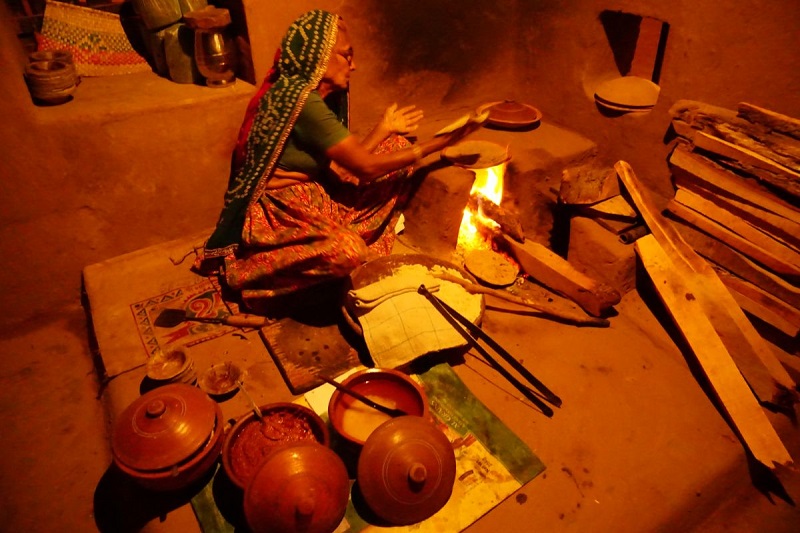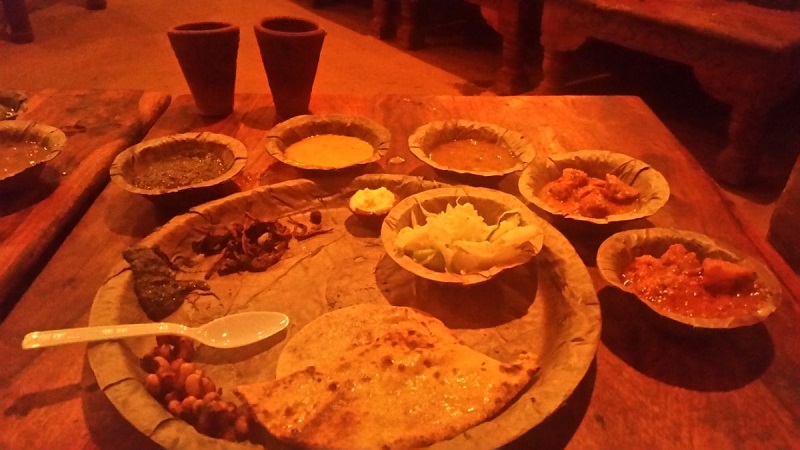The backstory
My mate Amrit met up with Jashan during our wedding in 2014. They got along very well and decided to get engaged later in 2014. We were eagerly waiting for the wedding date so we could plan our Punjab visit. Luckily the dates coincided with our original plan and we couldn’t wait to attend the wedding.
We boarded a bus from Gandhidham, got to Ahmedabad and flew to Delhi. We spent a day in Delhi and Faridabad with family. We were ultimately picked up by the driver at our Faridabad residence. We then drove to the airport to pick up Bharat who was flying in from Sydney. The entire journey to Mohali was spent talking and drinking.
 We reached Mohali in the early hours of the night. The highway between Delhi and Chandigarh is mostly GT Road which in the oldest highway in India. Along the way there are plenty of McDhabas which started out as truck stops but are now institutions. We stopped at one of them and enjoyed the paronthe with a generous serving of desi makkhan (home made butter).
We reached Mohali in the early hours of the night. The highway between Delhi and Chandigarh is mostly GT Road which in the oldest highway in India. Along the way there are plenty of McDhabas which started out as truck stops but are now institutions. We stopped at one of them and enjoyed the paronthe with a generous serving of desi makkhan (home made butter).
Apart from the food and drinks on the way, the other highlight was a daredevil on the bike. He was lying on his back while keeping the bike stable with his feet. Crazy guy! Here is the video if you don’t believe me.
Free flowing booze
The wedding was held in Punjab and Punjabis are known for their drinking habit, especially at weddings. The boys were constantly asked and handed out a beer each time we were idle, bored or without a reason. The pre-cocktail and the cocktail nights turned out to be massive booze sessions. It proved to be too much for many of us including me.
Turbanators
While we were still in Sydney, Amrit discussed the idea of groomsmen and bridesmaids coordinating their outfit colours and the groomsmen wearing turbans. The idea sounded good to us and this is the main reason why I have been growing my beard for months.
All of us had to try the turbans on before the wedding. Think of it as a trail run and somehow the non-Indians looked even better in the turbans. Amazing!
The Bhangra
One of the other pillars of Punjabi culture is the dance, Bhangra. While at the wedding, we all danced crazy a few times. The non-Indian mates were a hit with the crowd due to the awesome dance moves.
A part of the weddings are boliyan where the dholi, the drummer, invites different relatives and friends to dance. The first two nights we had all the energy to dance but eventually we were all tired and found it repetitive. Nevertheless, we bhangra-ed our way in the baraat, the wedding party, again!
Lots of curry innit
No Indian wedding is complete without overeating and this wedding was no different. Each day, a feast of both vegetarian and non-vegetarian dishes were laid out in front of us along with a variety of breads. My friend Bharat had the lions share of curd (yoghurt) while I ate as much meat as possible.
Shruti got heena tattoeed over her hands, I got to feed her as well. Modern Indian love as they call it!
It may be a mark of how good the food was that on the wedding day, we both realised we had put on a few kilos. Yolo!
Customs & Ceremonies
There are quite a few ceremonies that need to take place before and after an Indian wedding. Applying heena, rubbing tumeric, wearing the bangles are some common ceremonies that happen in most Indian weddings. Alongside, Jashan had a chunri ceremony as well where the groom’s family showered her with gifts and blessings.
As part of family customs, before the wedding the bride’s family officially invited the groom and his family for the wedding. Although the two families had spent a lot of time together prior to the wedding, it was good to see family customs still being followed.
Day of the wedding
The day of the wedding is utter chaos. Everyone is stressed, everyone is trying to keep things on time but Indian weddings are rarely on time. I was given the job of keeping all the groomsmen on time while Shruti had to visit the beauty parlor with the ladies.
Our alarm went off at 4:15am and after sleeping early at 11:00pm the night before, we were still pretty sleep deprived. Shruti was out of the door by 5am while I woke the guys up. The wedding creeps up on you like a rising flood or lava coming down a mountain.
This was evident as incredibly all the guys were ready by 6am but the turban professional was nowhere to be seen. The groom had signs of the wedding day paranoia, his sister had signs of project manager paranoia while I looked at everyone helplessly. We finally got our turbans on and we looked like real sardars. Especially Marcello the Italian Sikh!
During the Sehra Bandi ceremony, Shruti got to perform ‘applying the kajal’ ceremony in Amrit’s eye. As she is the sister-in-law, applying kajal is to avoid the evil eye. It was a touching moment!
The wedding finally approached though we were an hour late. As the Indian joke goes, we finally put the donkey on a horse.
The groom is the king for the day getting on his horse to get his bride. We danced and took photos to remember the day.
We finally proceeded to the Sikh Gurudwara where Jashan entered looking stunning as the bride. The Anand Karaj ceremony was performed and the couple were married as the almighty intended.
Shoe stealing ceremony
The film Hum Aaapke Hain Kaun made ‘groom’s shoe stealing’ as an official ceremony at every traditional Indian wedding. The groom’s shoes are stolen by the bride’s sisters and friends who then demand a price to return it. The groom eventually gives up and pays a price. However, the challenge is to avoid having the shoes stolen.
We were on our game from the start and hid Amrit’s shoes safely in Nitesh’s car. After we returned from the Gurudwara, all the groom’s men and Pree’s (groom’s sister) shoes were gone. As a result, the groom went barefoot in protest for our photo shoot.
In response to this unfair tactic, Nitesh stole the car keys from one of the bridesmaid, forcing them to drive in one car. Once we returned for lunch, we were laughed at but we wouldn’t do anything to let the bridesmaids take the grooms shoes. Eventually, Jashan’s mother gave us slippers which went perfectly well with the traditional outfit. Not!
Feeling that the groom would look bad in the photos, we were urged to bring back the grooms shoes. We did so and this brought out the ‘hunter’ in the girls. Eventually they ganged up on the groom while on stage but we weren’t giving up so early. It was a brawl but I managed to save one shoe making it impossible to do the trade.
However, as is tradition, we had to give up and the groom had to pay a fee. Our shoes were returned and everyone went home happy. A fun but expensive game for the groom!
Sneaking out early
We left the wedding a little early on the day of the wedding reception. We had said our goodbyes the night before and were out the door by 6:30am. Being sleep deprived for 3 nights, we fell asleep as soon as we were in the train but saw enough of the Punjab heartland between Ludhiana and Amritsar including yellow mustard fields. Yash Chopra would be proud!
Holiest of the Holy
Golden Temple or Harmandir Sahib is perhaps the most well-known building of India after Taj Mahal. It was built in 1604AD and was commisioned by Guru Ram Das and Guru Arjan of Sikhism.
The precinct is huge and mostly White while Central Temple is Golden. The Central Temple has water in a man made lake on the sides which makes it looks beautiful beyond words. As we saw this view, we noticed the carp in the water and the crowd waiting to get into the central temple. To say we were in a hurry would be an understatement as we had a train back to Jalandhar at 7:30PM.
 However, once we entered the line, we forgot everything. The 10 Sikh gurus, the religious figures of Sikhism, were incredible poets as well as competent in traditional music. The Sikh scriptures are sung by trained singers according to the raga (note) of the day. The bani (words) of the gurus makes one forget about all the problems in life. The peace one gets can certainly not bought with money!
However, once we entered the line, we forgot everything. The 10 Sikh gurus, the religious figures of Sikhism, were incredible poets as well as competent in traditional music. The Sikh scriptures are sung by trained singers according to the raga (note) of the day. The bani (words) of the gurus makes one forget about all the problems in life. The peace one gets can certainly not bought with money!
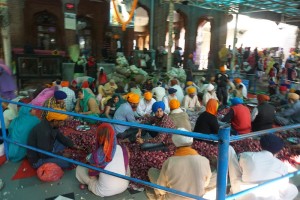 After visiting the Golden Temple, we walked around to the langar (kitchen) hall for lunch. Free meals for all was set up by another Sikh Guru a few hundred years ago and till today has been feeding all sorts of people. The food is simple and vegetarian but is tasty and fulfilling. The system works on volunteer basis with people cutting vegetables, cooking, serving and cleaning up. A salute to the volunteers from us!
After visiting the Golden Temple, we walked around to the langar (kitchen) hall for lunch. Free meals for all was set up by another Sikh Guru a few hundred years ago and till today has been feeding all sorts of people. The food is simple and vegetarian but is tasty and fulfilling. The system works on volunteer basis with people cutting vegetables, cooking, serving and cleaning up. A salute to the volunteers from us!
Patriotism at the Border
India and Pakistan have a great rivalry, which is reflected in cricket as well. At all the borders with Pakistan, a “parade” or ceremony is conducted for the opening and closing of doors. The soldiers on both sides go through a ritual of handshakes and marching while taking down the flags and closing the gates.
The most famous of these is the ceremony in Amritsar at the Atari-Wagah border. A taxi driver willing to take us to Wagah border on a shared basis met us outside the Gurudwara. We met him at 2:30pm, as he asked us to, but in true Indian fashion, never really got on the road till 3:00pm. The ceremony starts at 4:30pm so we would be there just on time.
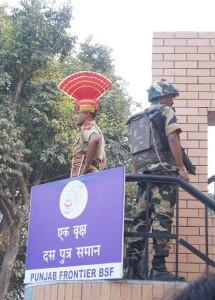 Unfortunately, the border ceremony has become incredibly popular for people visiting Amritsar. Therefore, when we reached the seats were already full and the crowd was so big that we could not see the border gates. It was disappointing as we had to watch the entire ceremony on a large screen though it was only 50 metres away.
Unfortunately, the border ceremony has become incredibly popular for people visiting Amritsar. Therefore, when we reached the seats were already full and the crowd was so big that we could not see the border gates. It was disappointing as we had to watch the entire ceremony on a large screen though it was only 50 metres away.
Eventually the crowd moved away a little and we were able to get some good shots of the Indian Border Gate. At last, we walked back to the taxi as soon as we could so we could get back to the station in time for the train. We made it easily and managed to board our train to Jalandhar to visit the family.
Summary
Final thoughts
The wedding was an organized chaos and Amrit and Jashan’s families worked very hard to get everything on time. We were thankful to them for inviting us. It was great fun!
We highly recommend becoming friends with a Punjabi so you can enjoy the craziness of a wedding. Attending a full blown Punjabi wedding should be a must do on everyone’s list.
In addition, we were in Amritsar were only for a day but managed to see 2 main highlights of the city. It was a quick but amazing visit.
Transport
We did not use any of our own transportation during the wedding but did use Ola and Uber for visits to Chandigarh and train station.
A free bus service is available from Amritsar railway station to Golden temple every half hour. Shared taxis are also available from Golden Temple to Wagah border parade.
Accommodation
We lived at Hotel Tulip Sec 71 Mohali during the wedding and that was a good hotel.



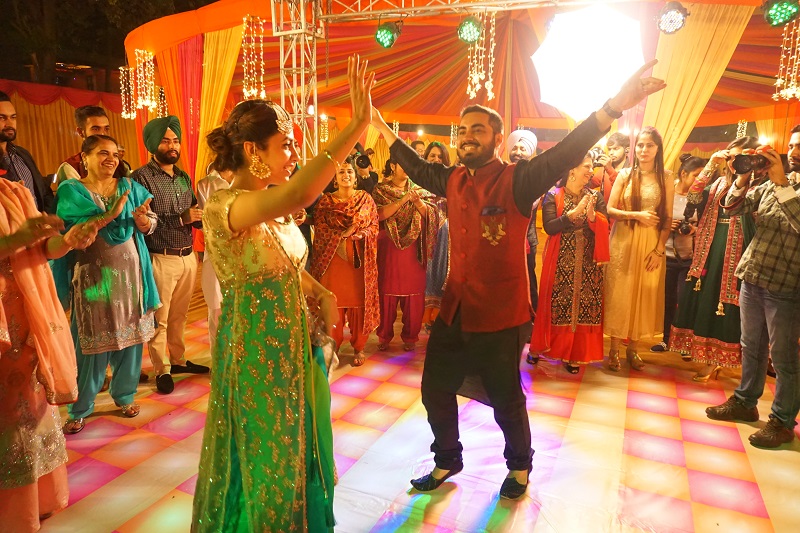

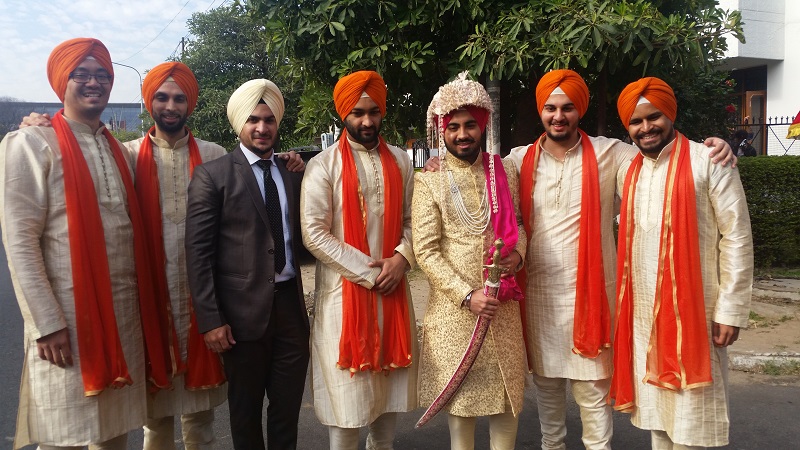
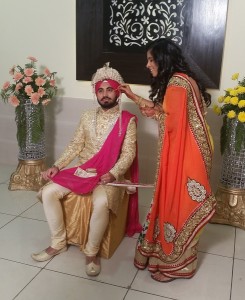
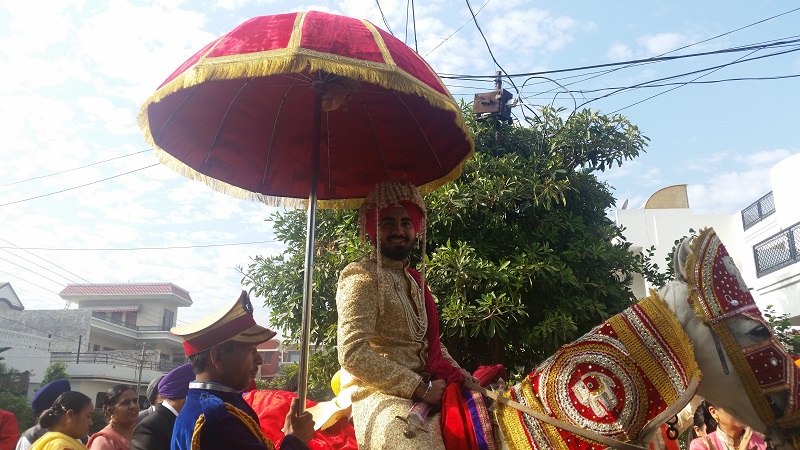
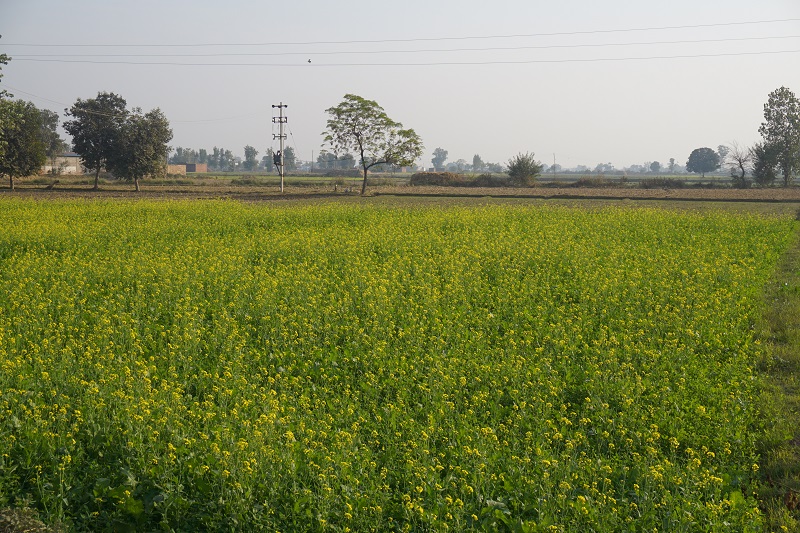
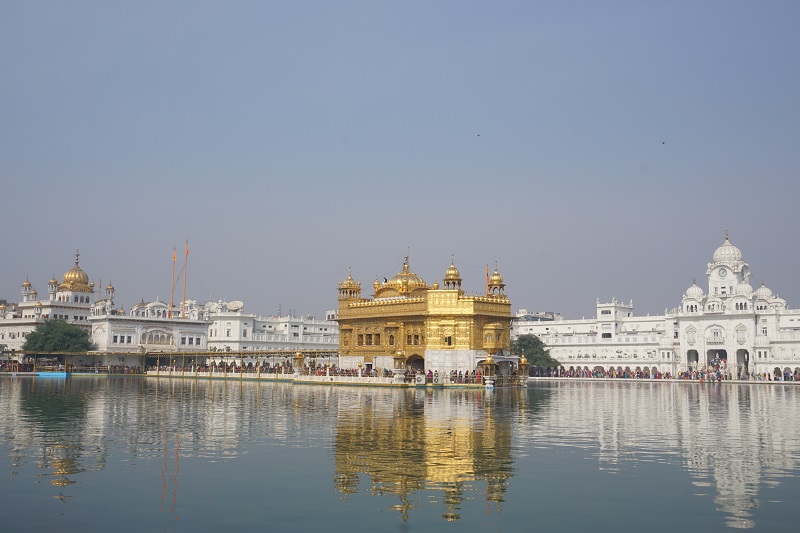



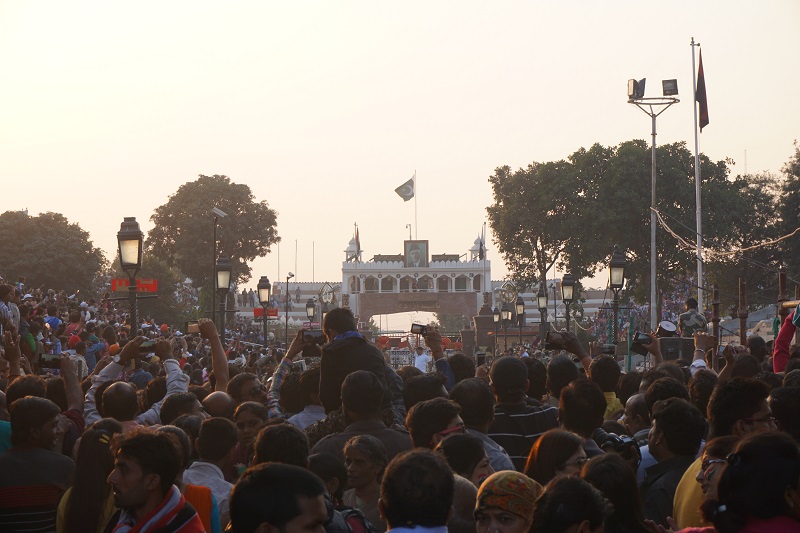
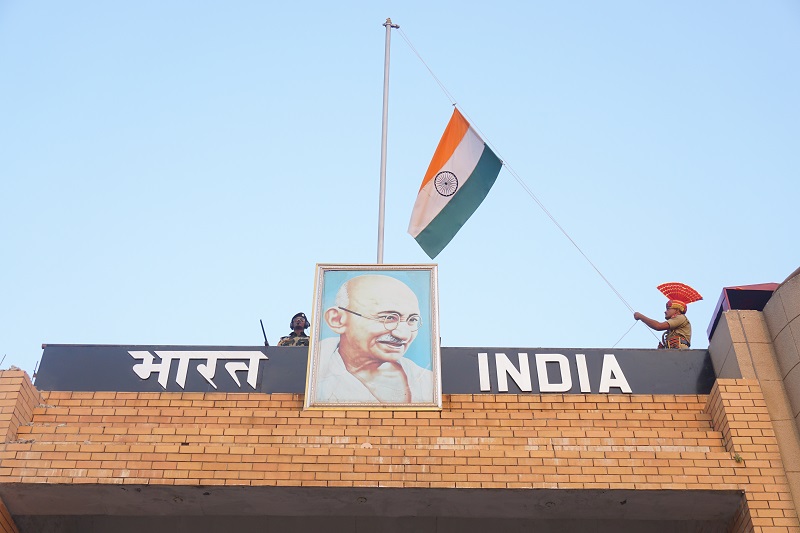
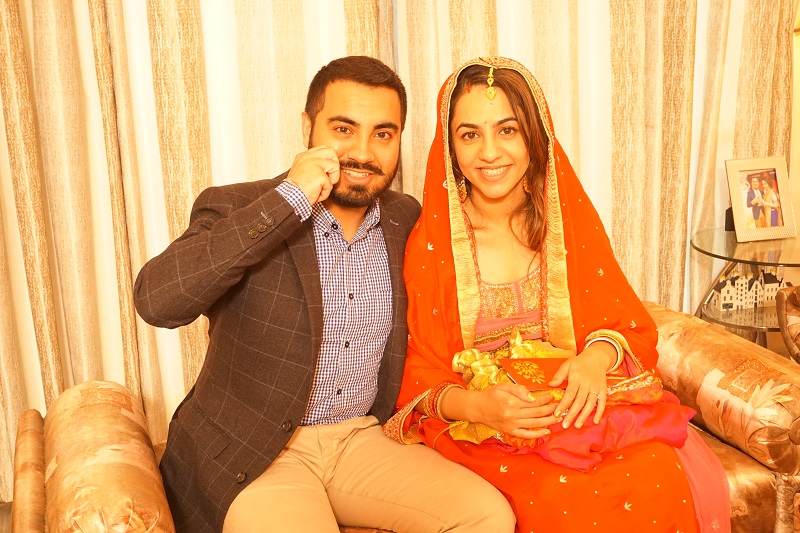

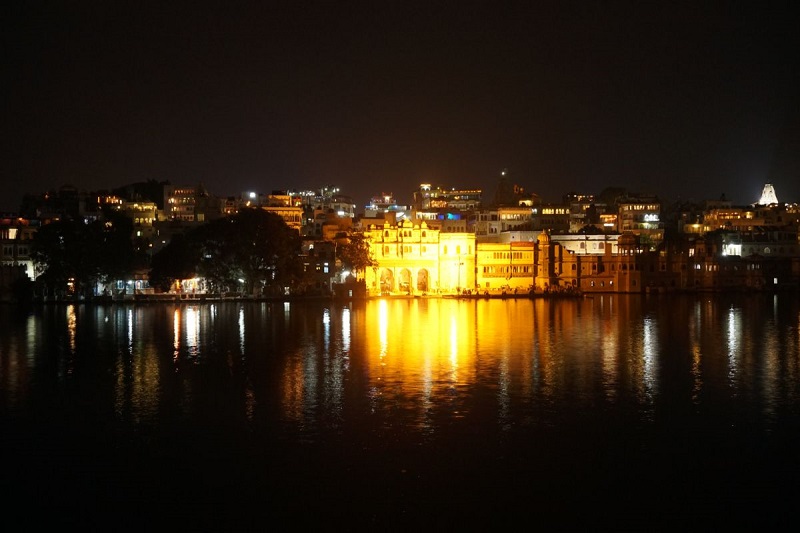


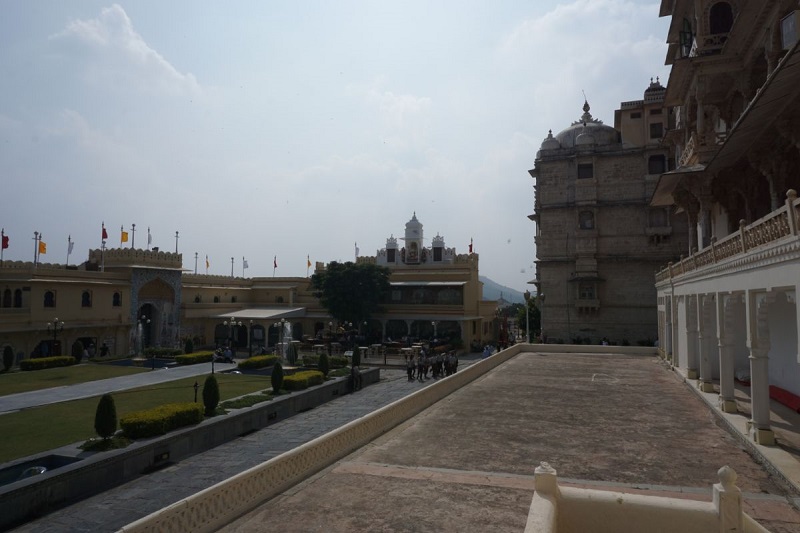
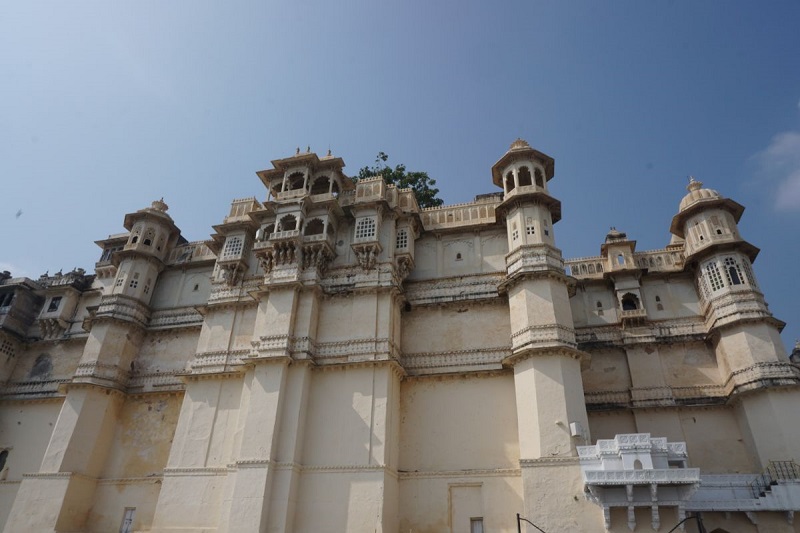

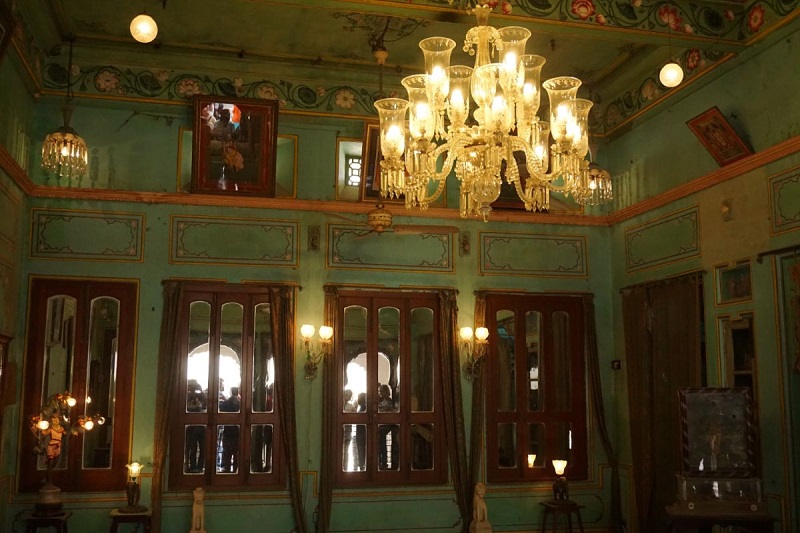
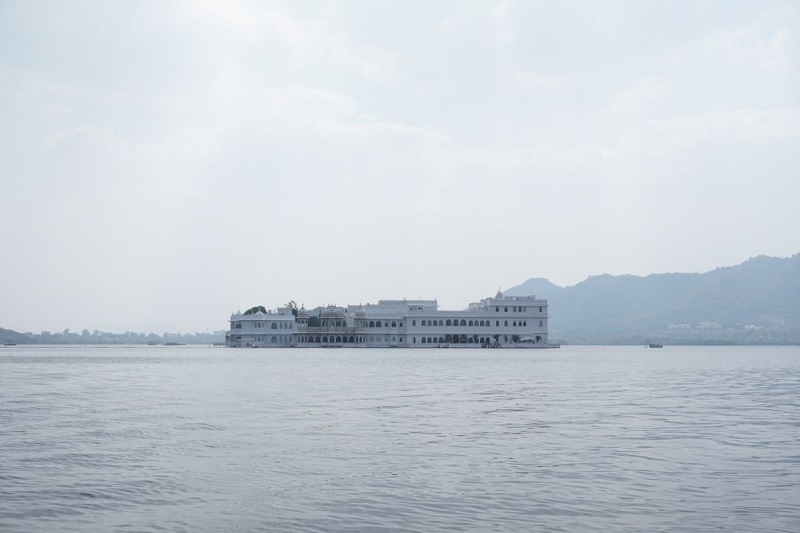
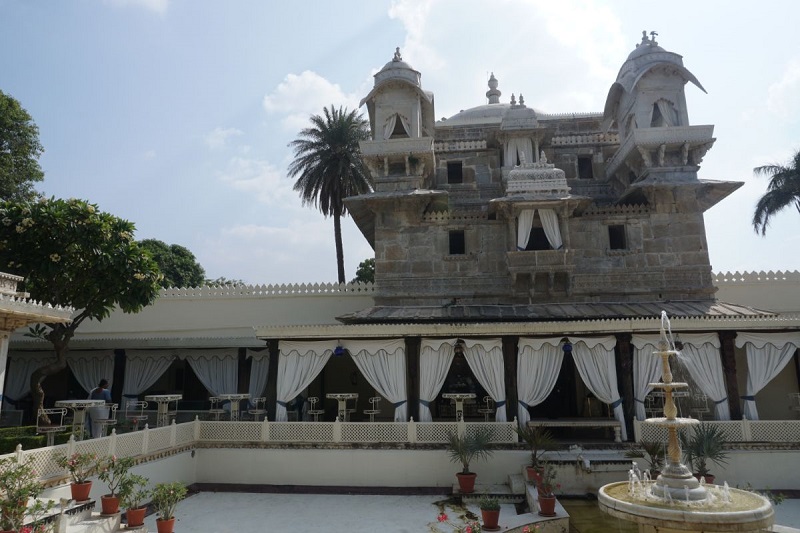
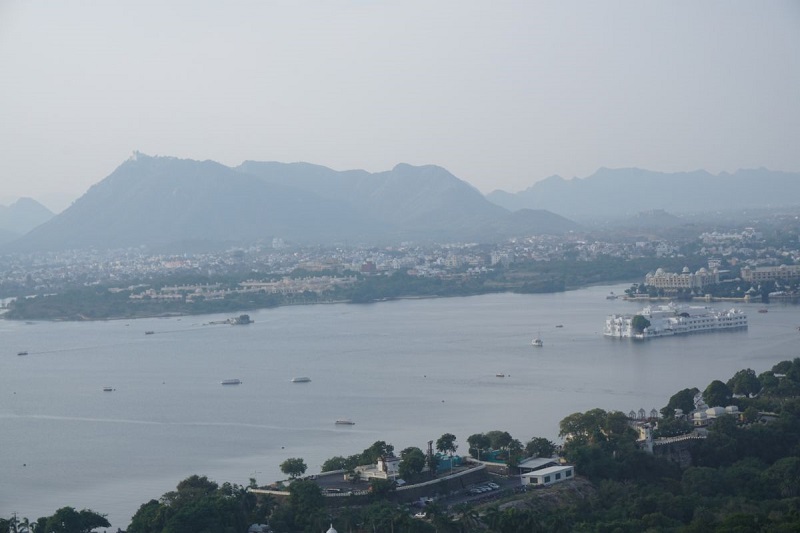

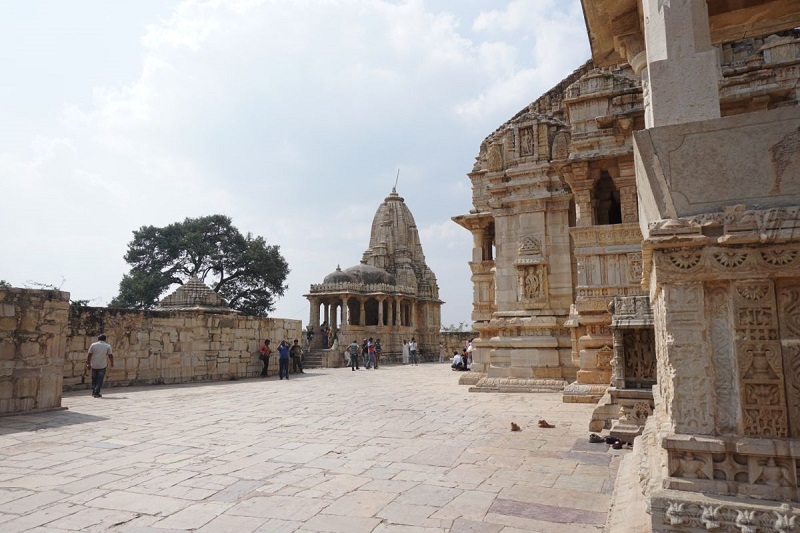
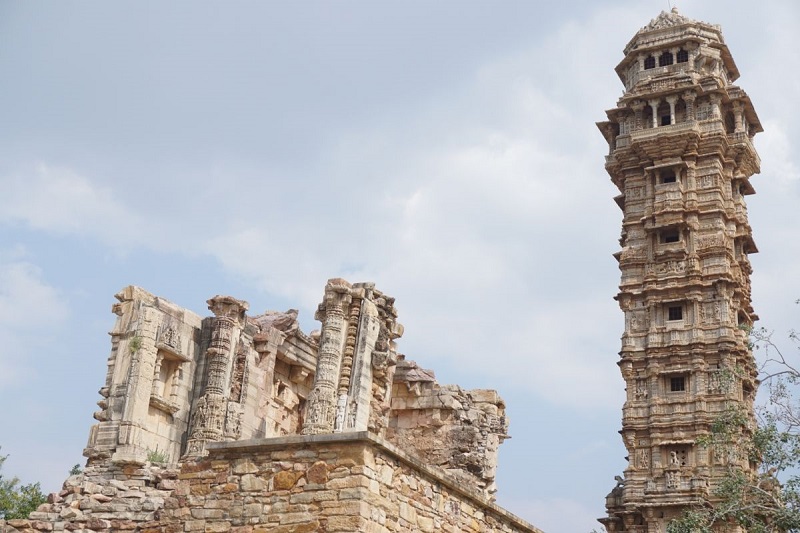
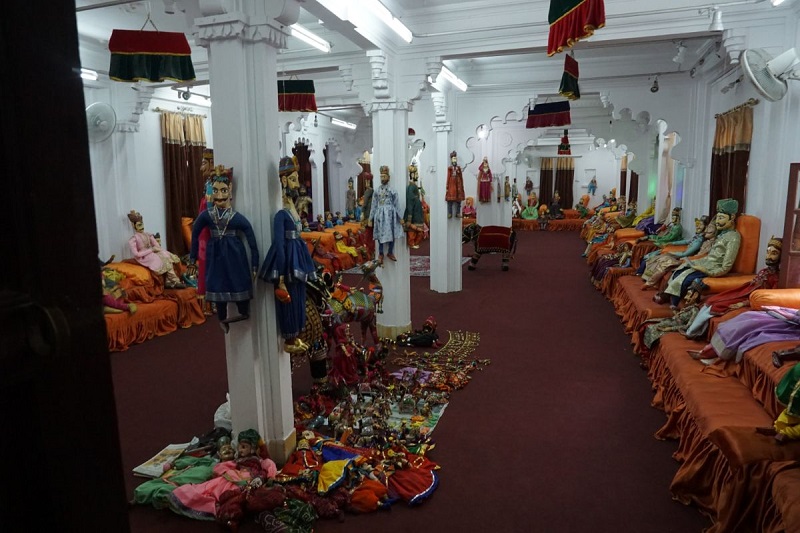


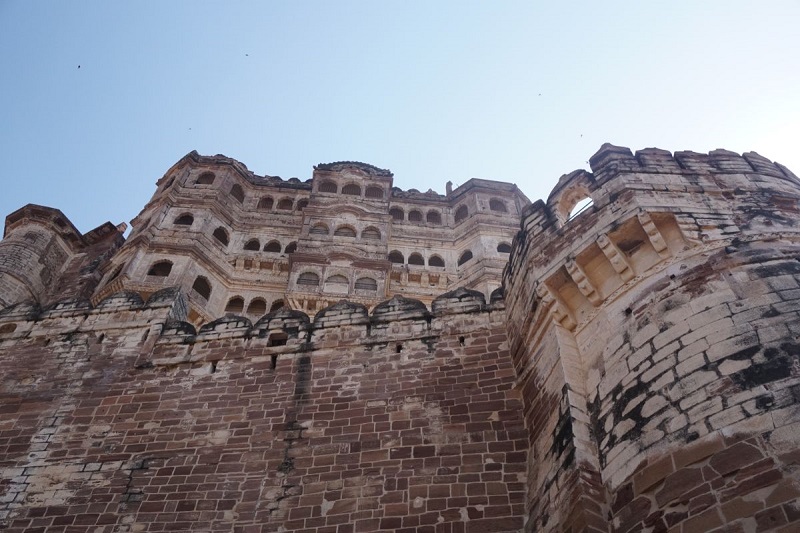
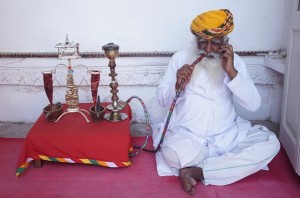

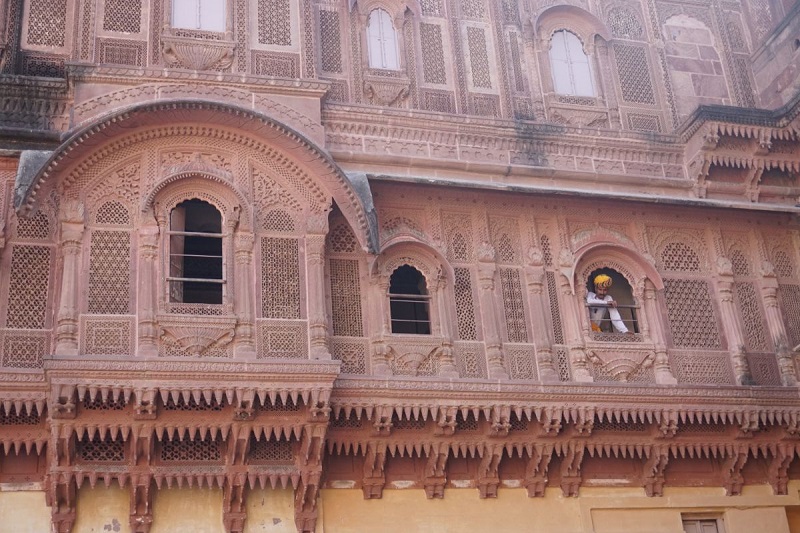
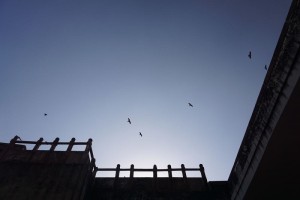

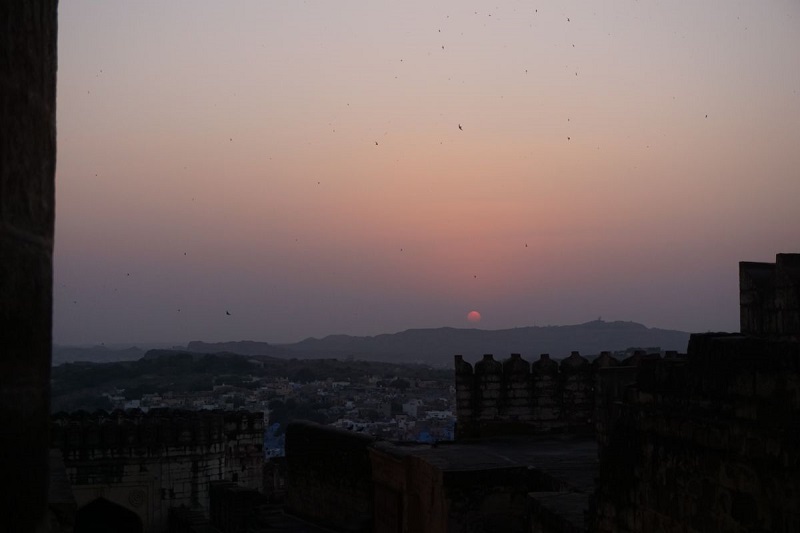



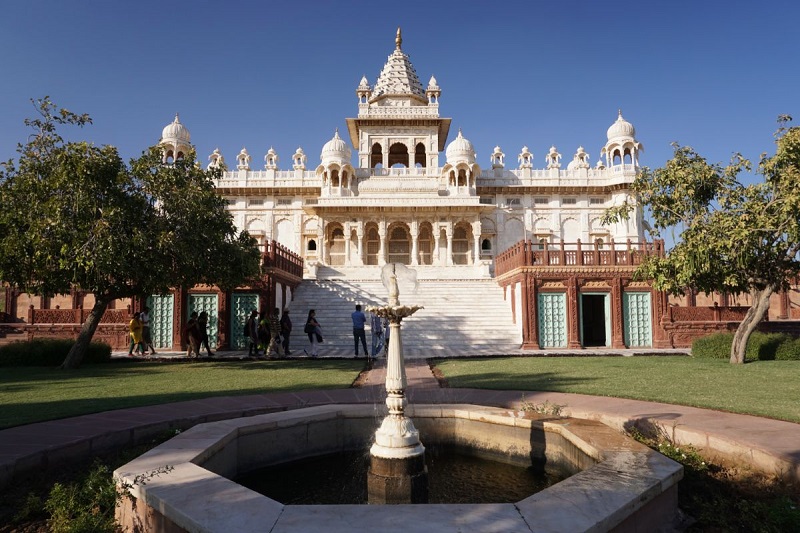
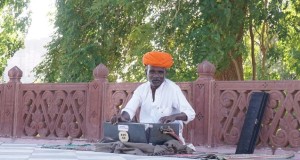

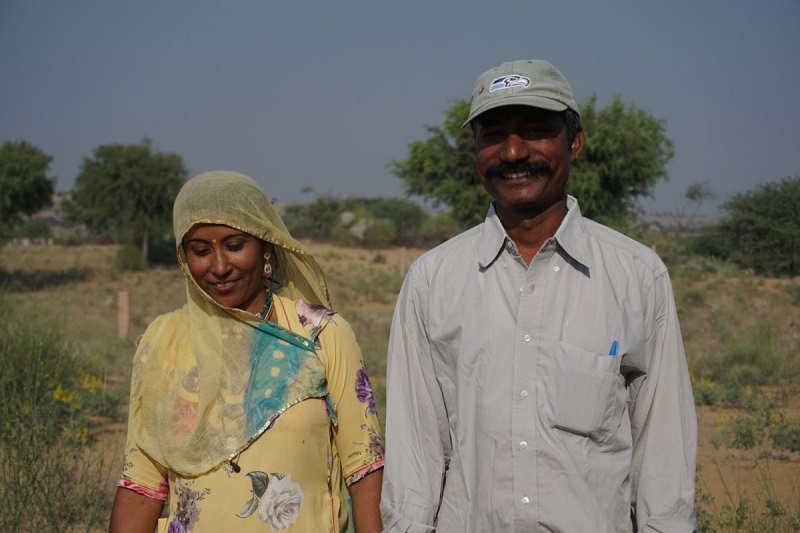
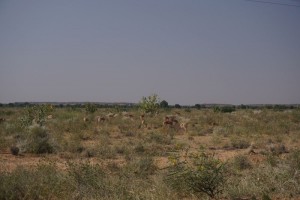

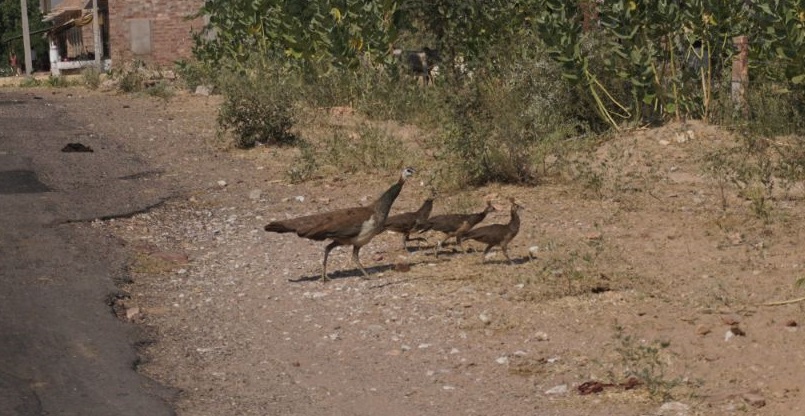
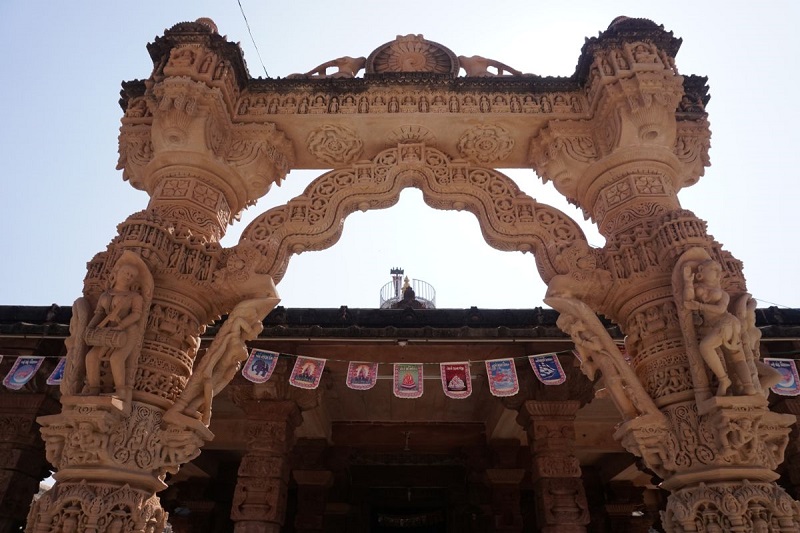



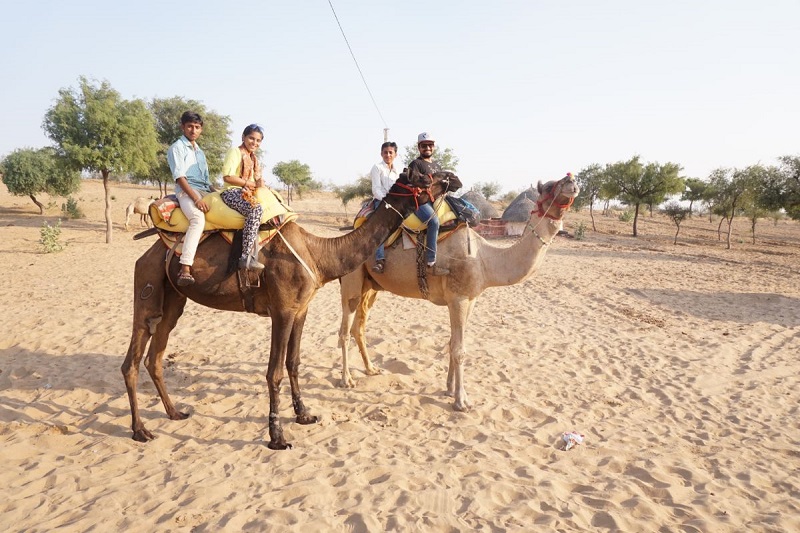



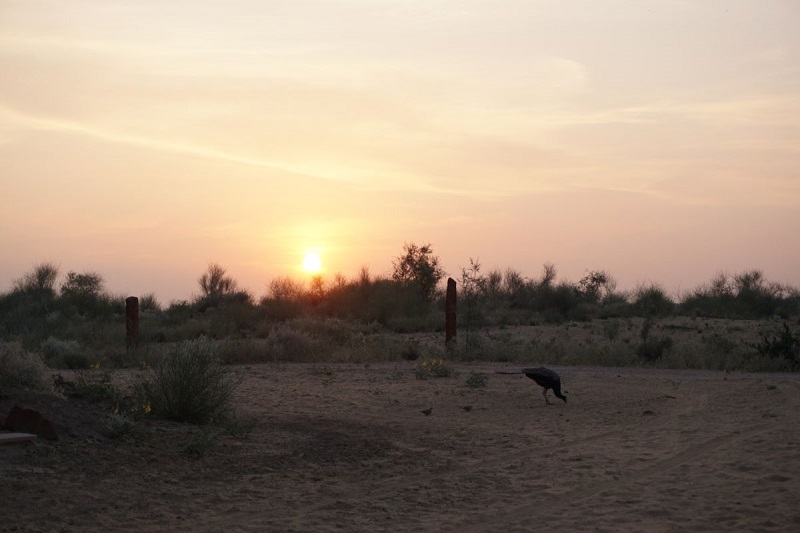
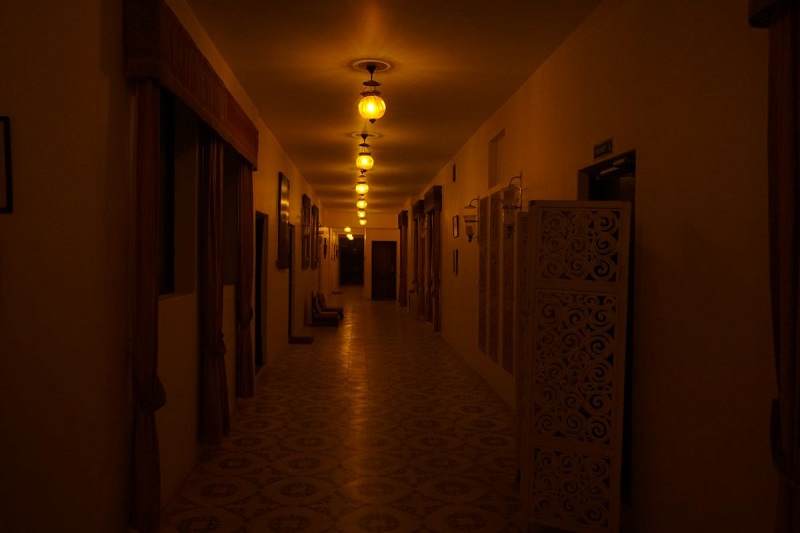


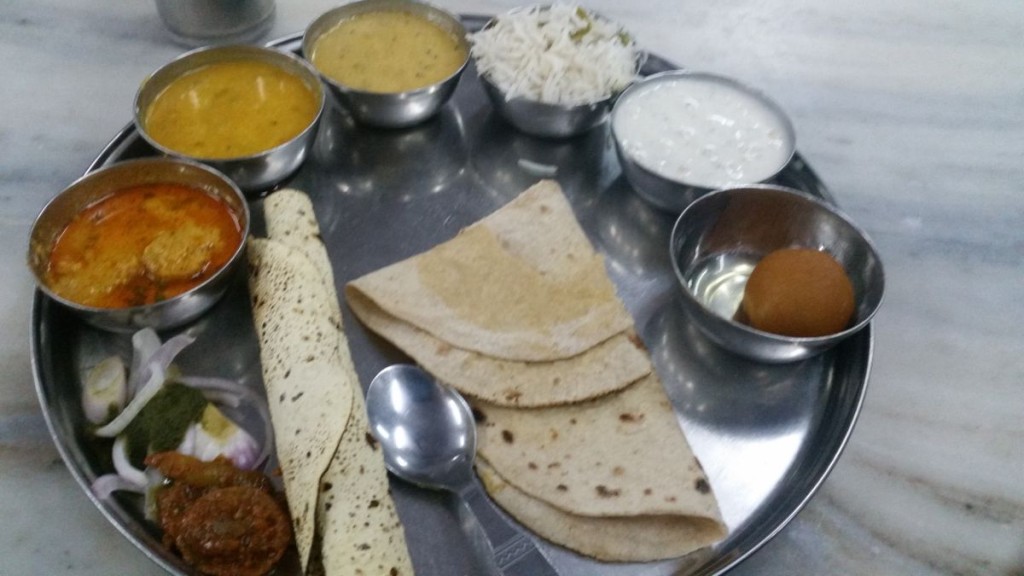
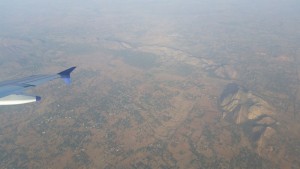
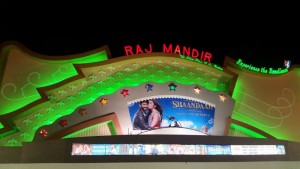

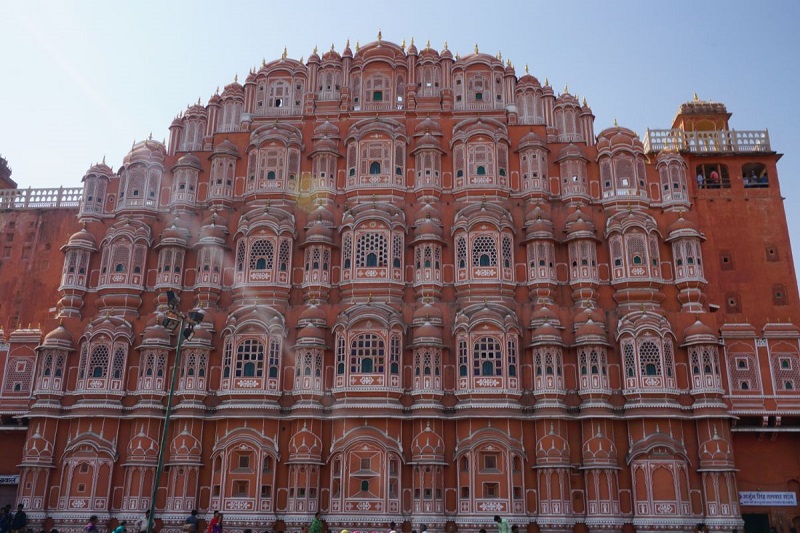
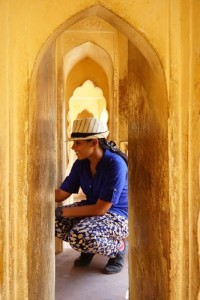

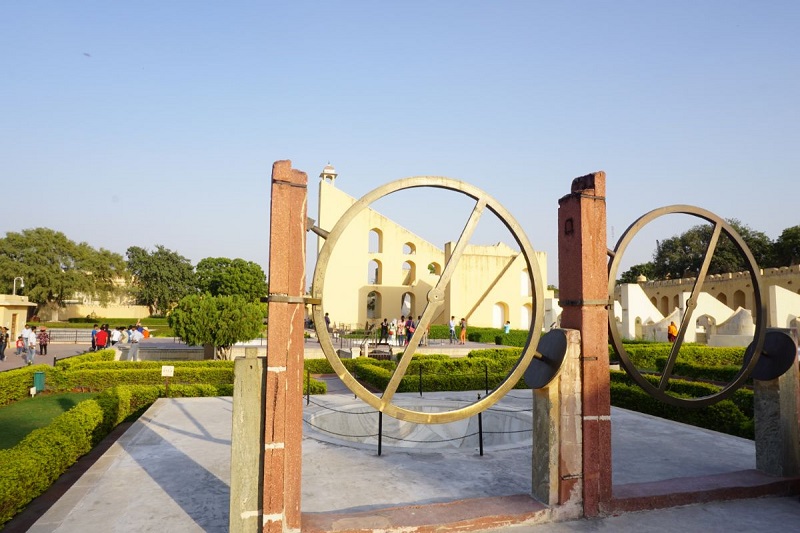
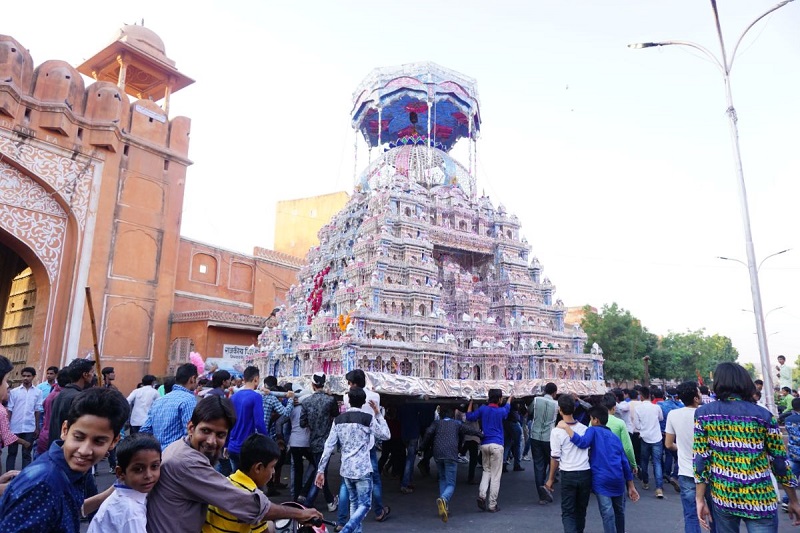

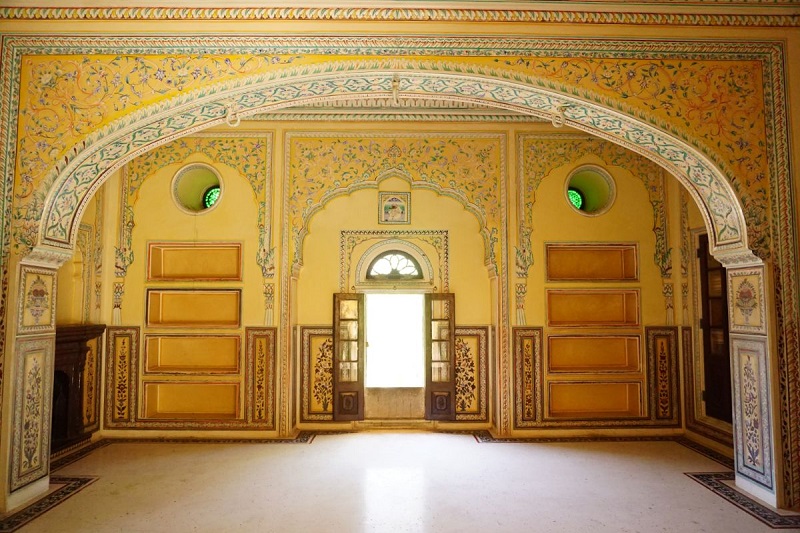

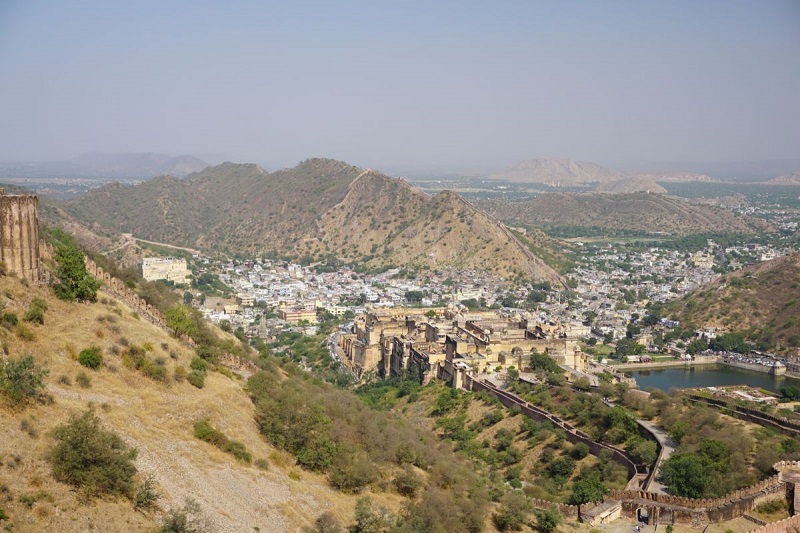
 The palace itself was packed with tourists and we tried to see as much as possible without running into people. Though it was large, it was not the most beautiful palace. By far the most interesting things in palace was the pond outside the palace, an old machine to pull water and the fact that the bollywood film, Jodha Akbar, had shown similar walkway up the hill, especially the bends in the path.
The palace itself was packed with tourists and we tried to see as much as possible without running into people. Though it was large, it was not the most beautiful palace. By far the most interesting things in palace was the pond outside the palace, an old machine to pull water and the fact that the bollywood film, Jodha Akbar, had shown similar walkway up the hill, especially the bends in the path.


